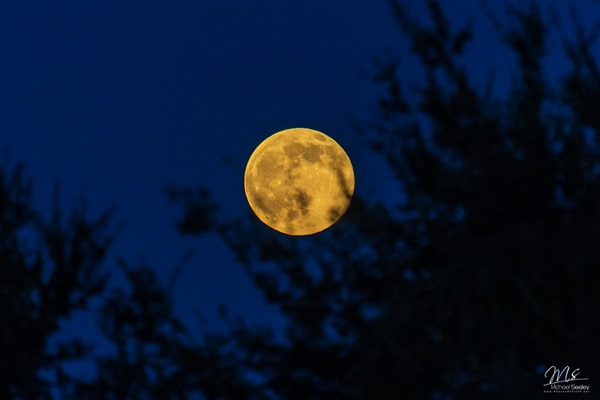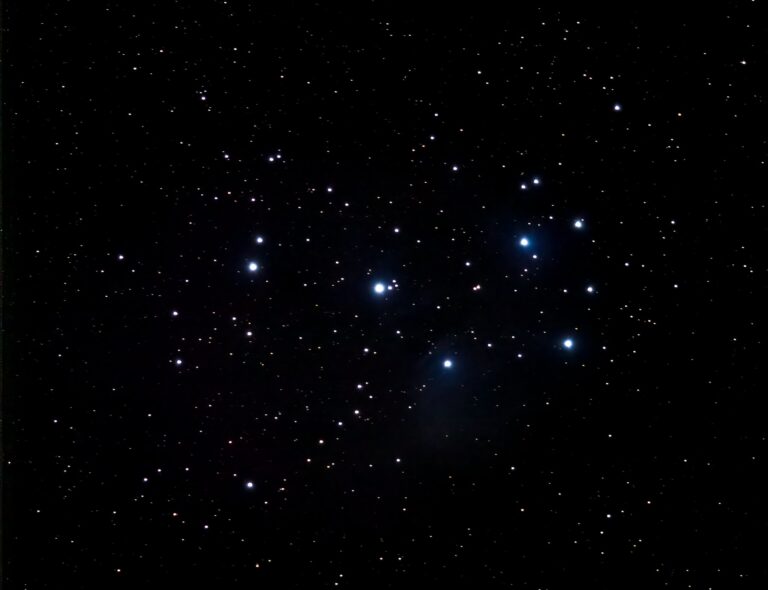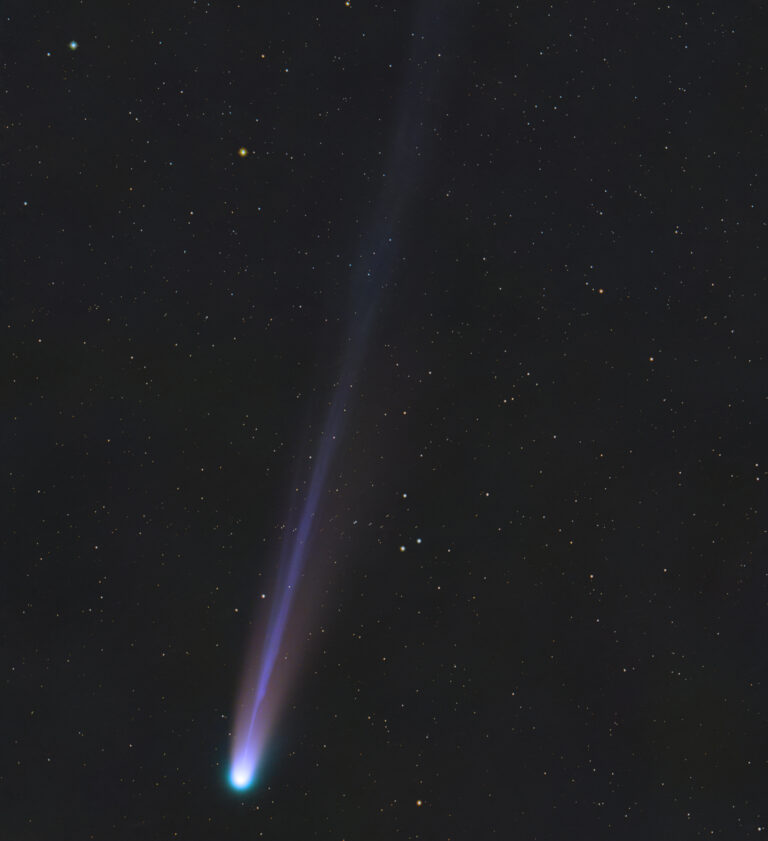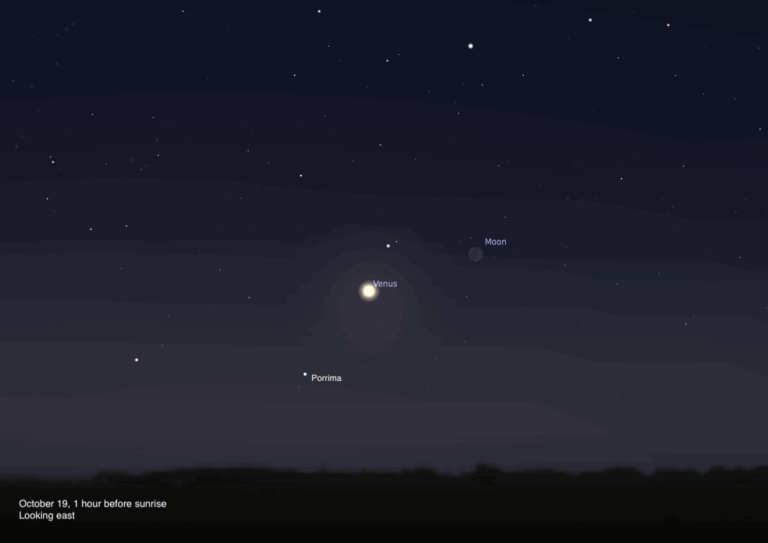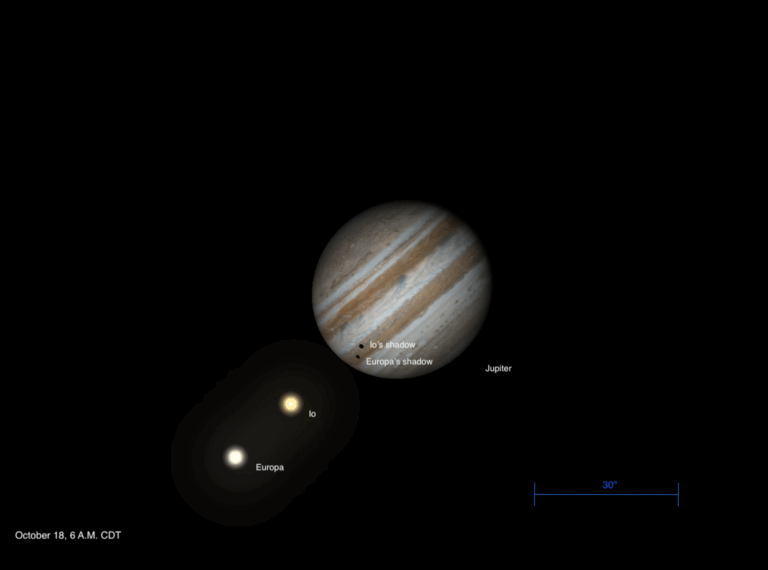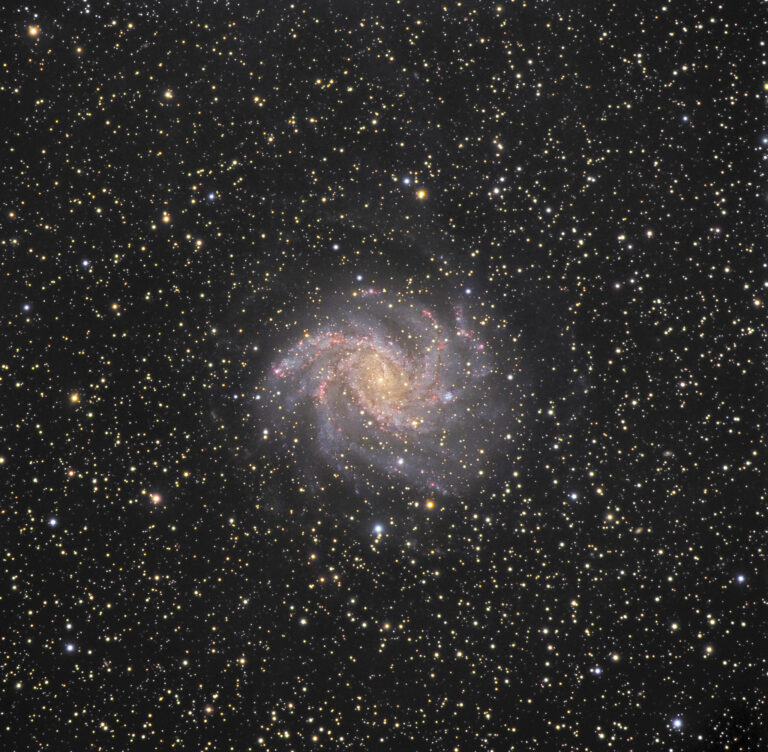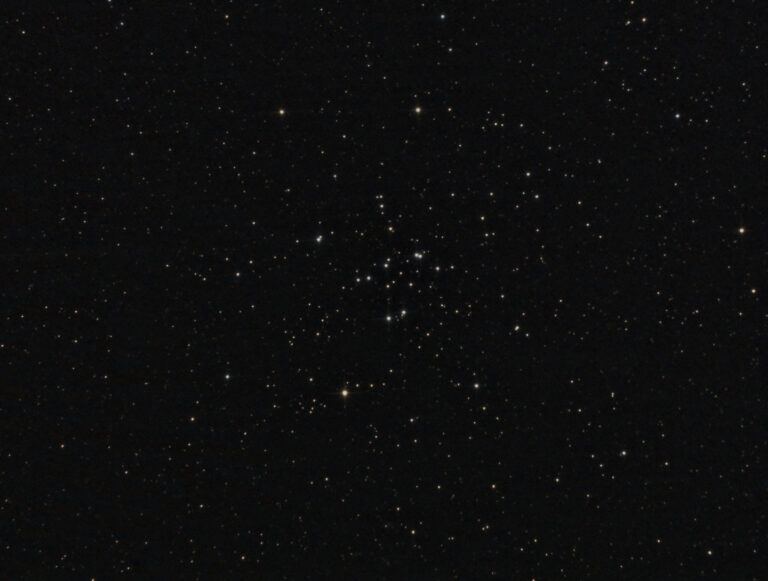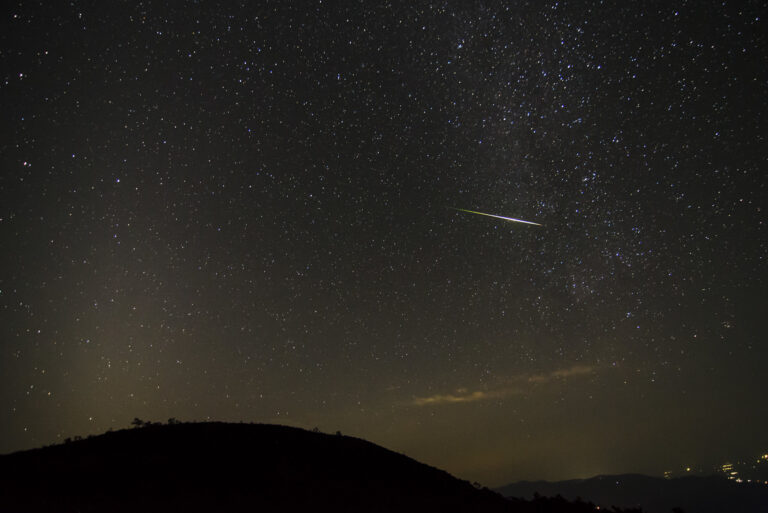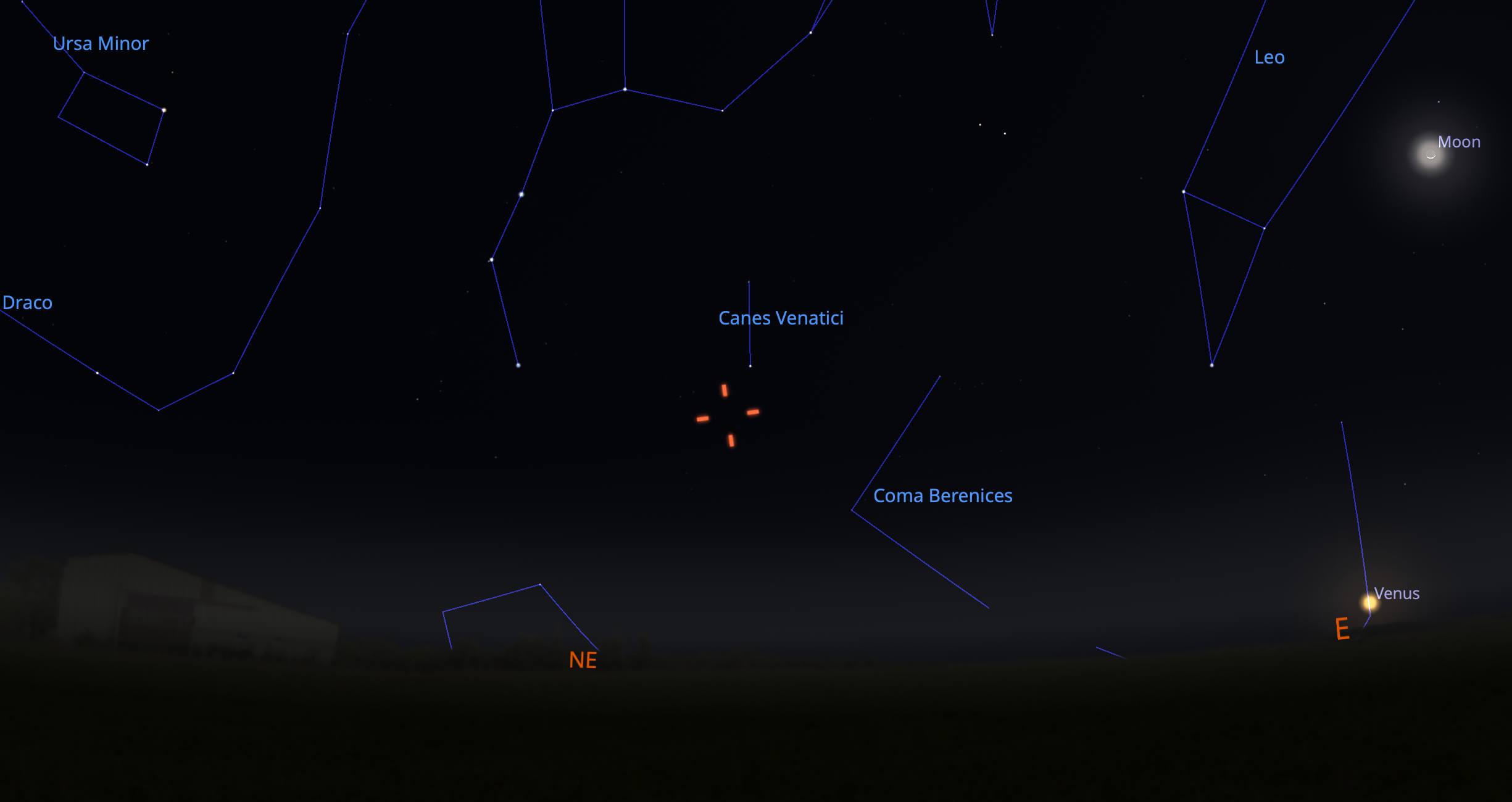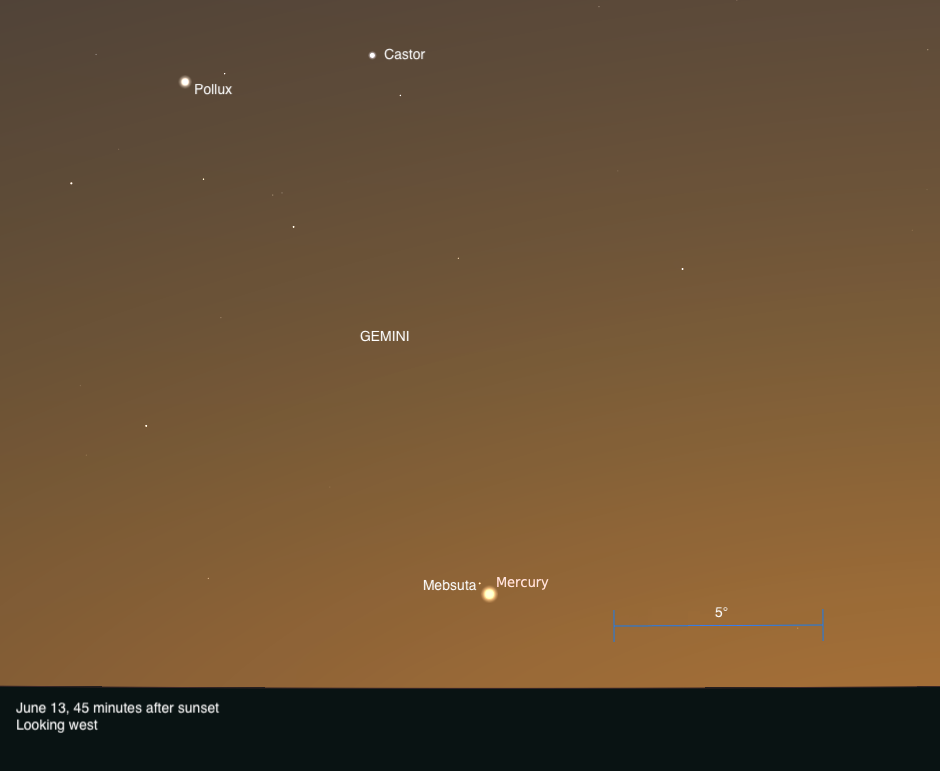
Key Takeaways:
- Mercury exhibits a magnitude of -0.8 in the evening sky, remaining visible for approximately 80 minutes post-sunset.
- Mercury's close proximity (20 arcminutes) to the star Mebsuta (Epsilon Geminorum) provides an observable pairing, best viewed with binoculars or a small telescope roughly 45 minutes after sunset.
- Telescopic observation reveals Mercury's 6-arcsecond diameter disk with 78% illumination; Castor and Pollux, Gemini's alpha and beta stars, offer a color comparison opportunity (blue-white vs. golden yellow), with Castor being a resolvable multiple-star system.
- Castor's components include a readily separable binary pair and a fainter, more distant third star; each of these three stars is itself a binary system though not resolvable telescopically.
Mercury now shines at magnitude –0.8 in the evening sky, lingering above the horizon some 80 minutes after the Sun disappears. Tonight, the solar system’s smallest planet stands just 20′ from the 3rd-magnitude star Mebsuta (Epsilon [ε] Geminorum), near the middle of the constellation Gemini.
You can catch the pairing with binoculars or a small scope shortly after sunset. Try looking west about 45 minutes after the Sun disappears — the two points of light will then be roughly 5° high at that time. Through a telescope, you’ll also be able to see that Mercury’s 6”-wide disk is 78 percent lit.
About 13° above Mercury is Castor, Gemini’s alpha star and one of the Twins’ two heads. Shining at magnitude 1.6, Castor is slightly fainter than Gemini’s beta star, magnitude 1.2 Pollux, which lies about 4.5° to its left as the constellation sets this evening. Compare the colors of these two stars through your optics: Pollux should appear more golden yellow than Castor, which appears more blue-white. Additionally, Castor is an easy-to-split multiple-star system. Its two brightest components, which shine at 2nd and 3rd magnitude, lie a few arcseconds apart. Farther away, some 1.2’ south of this pair, is a third star, shining at 9th magnitude.
Each of these three stars is a binary system as well, although none can be further split by a telescope.
Sunrise: 5:31 A.M.
Sunset: 8:30 P.M.
Moonrise: 10:59 P.M.
Moonset: 7:11 A.M.
Moon Phase: Waning gibbous (94%)
*Times for sunrise, sunset, moonrise, and moonset are given in local time from 40° N 90° W. The Moon’s illumination is given at 12 P.M. local time from the same location.
For a look ahead at more upcoming sky events, check out our full Sky This Week column.

